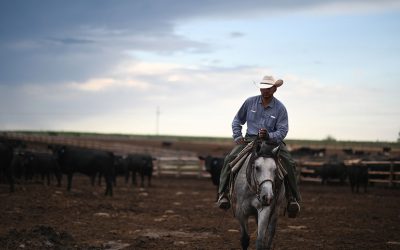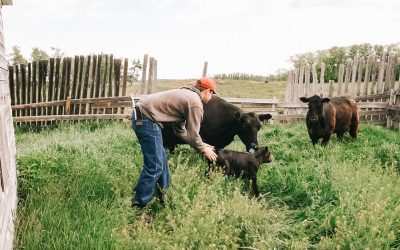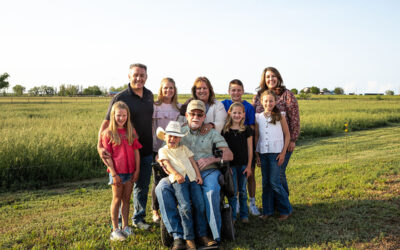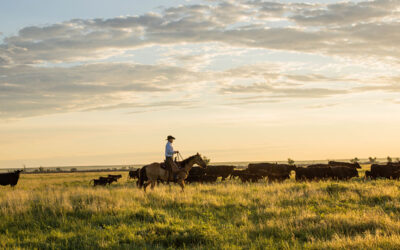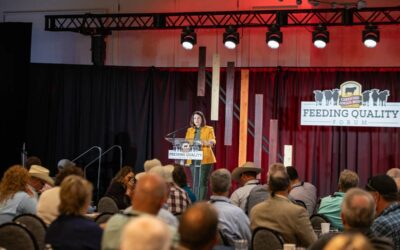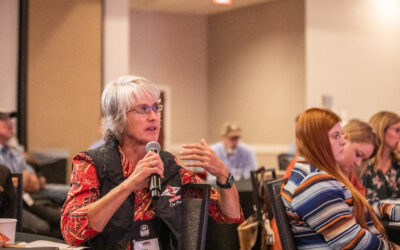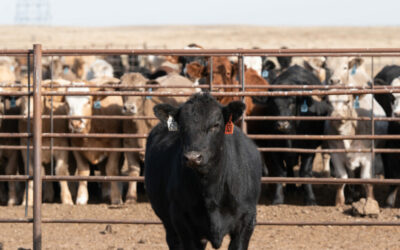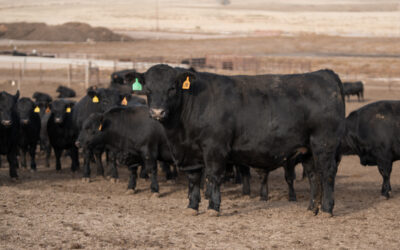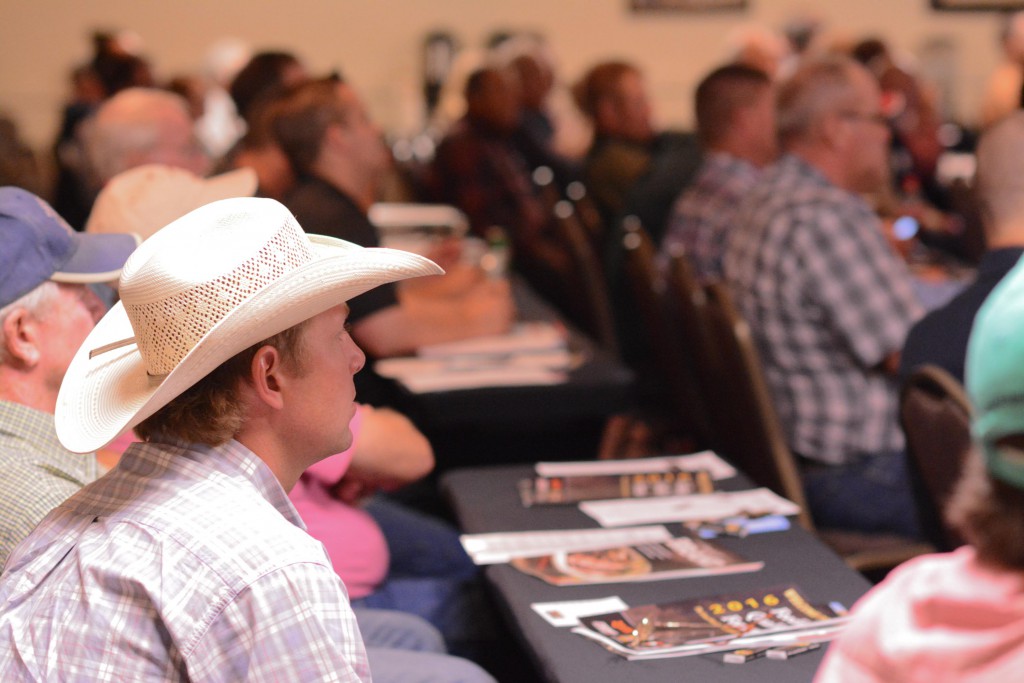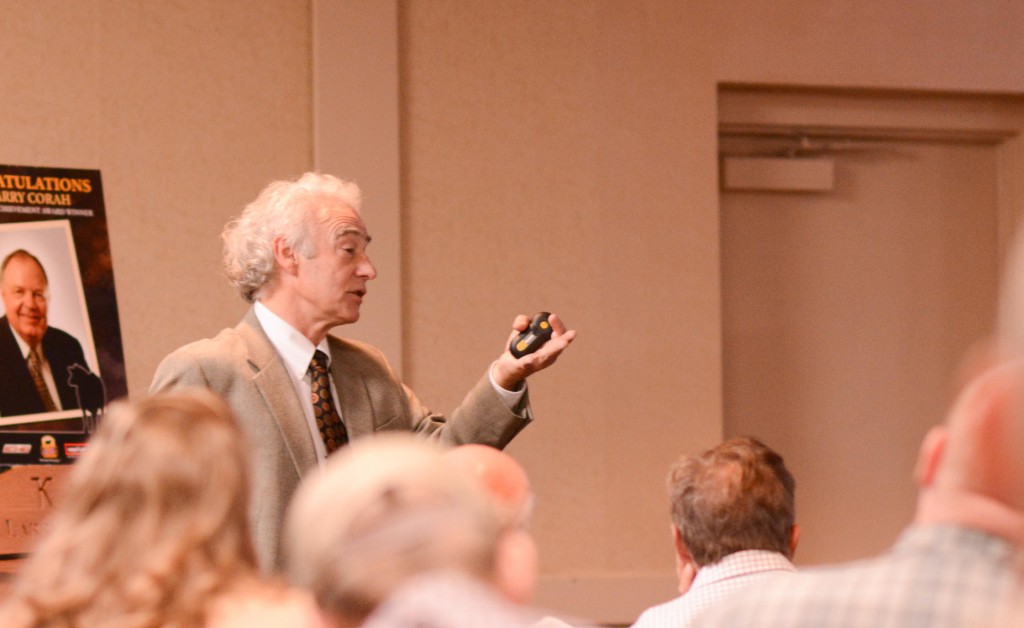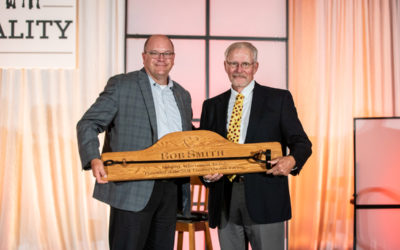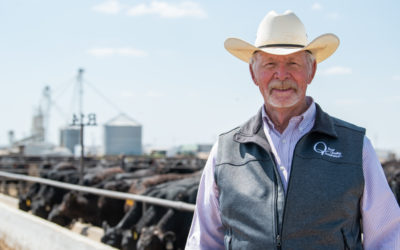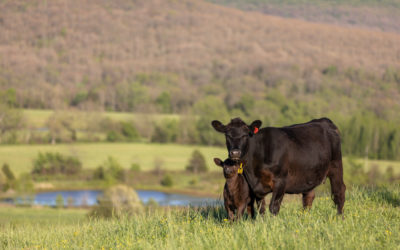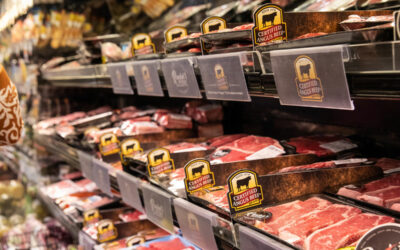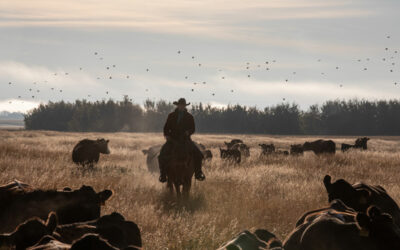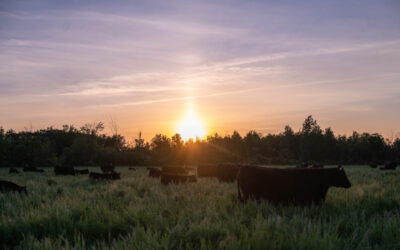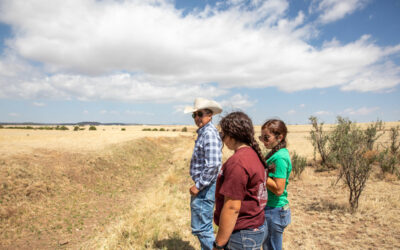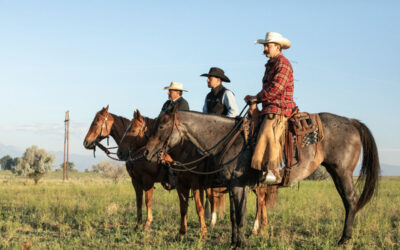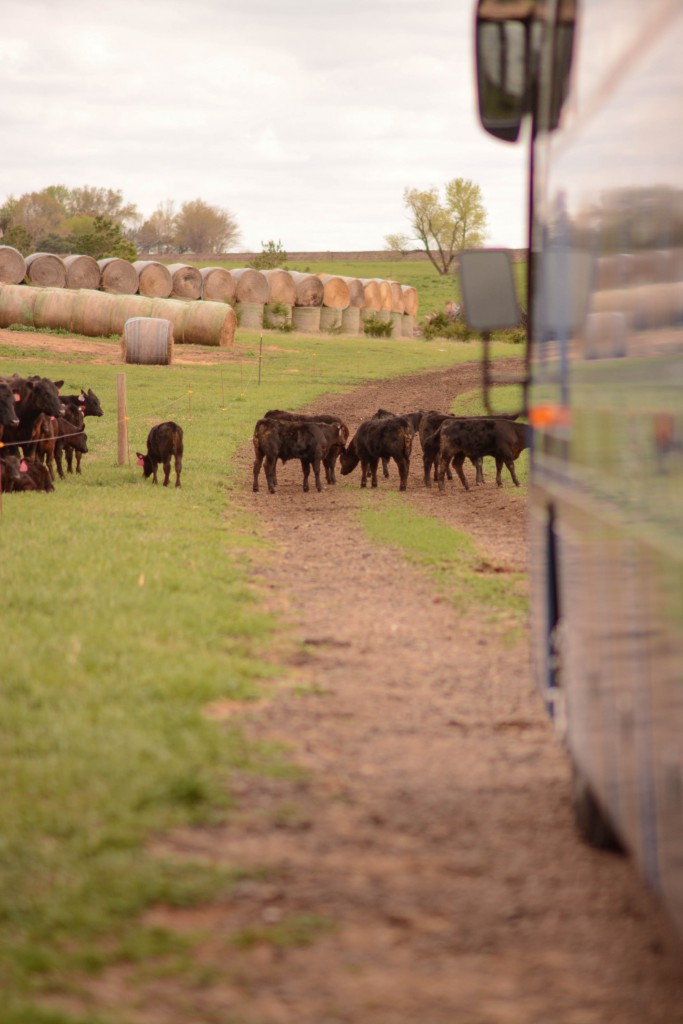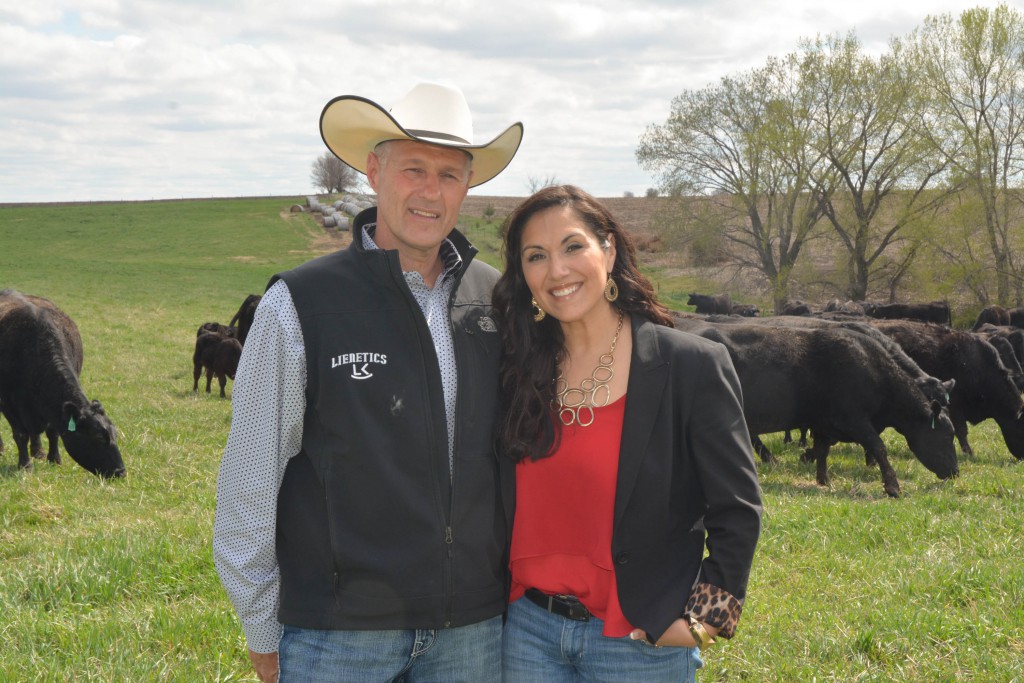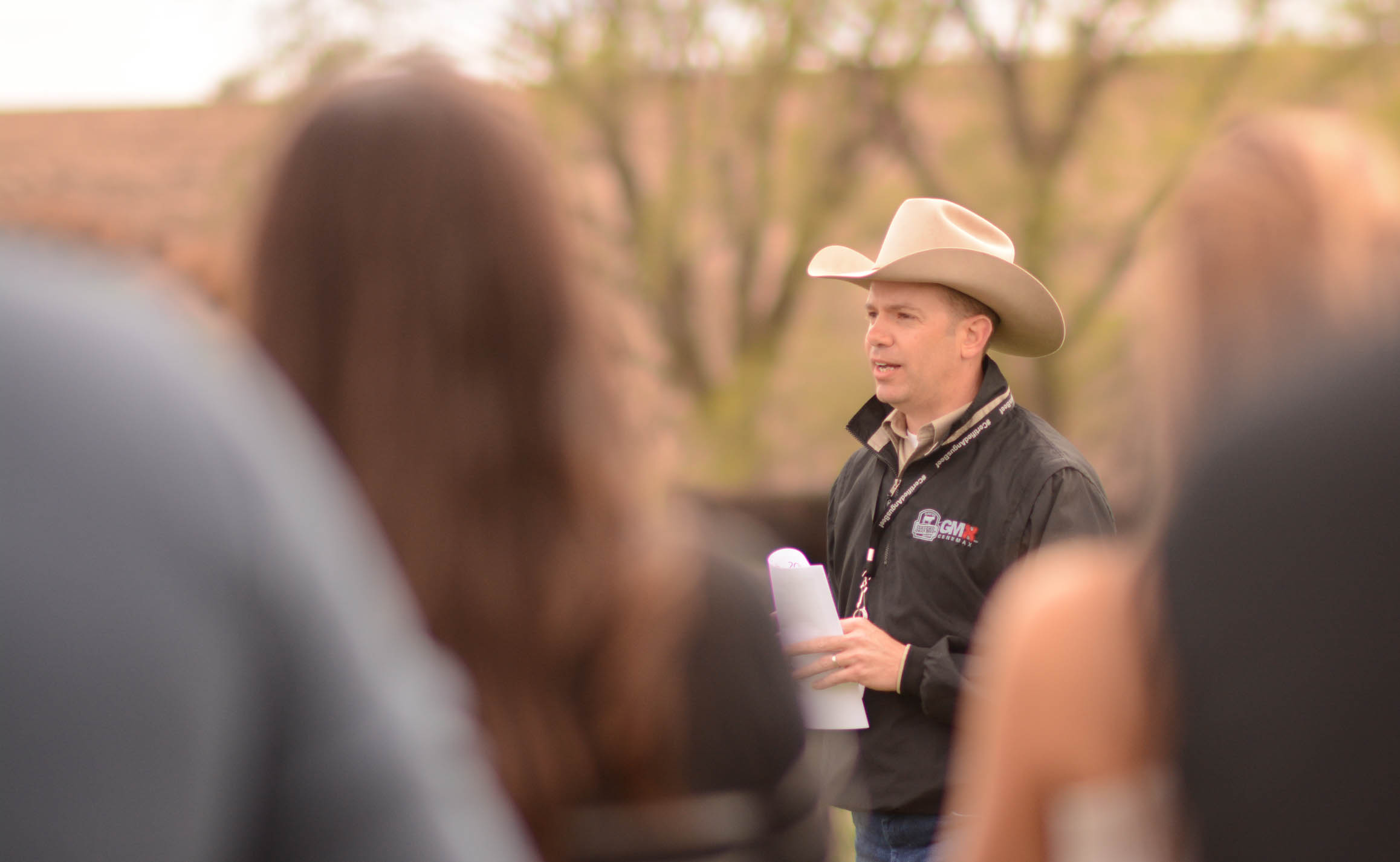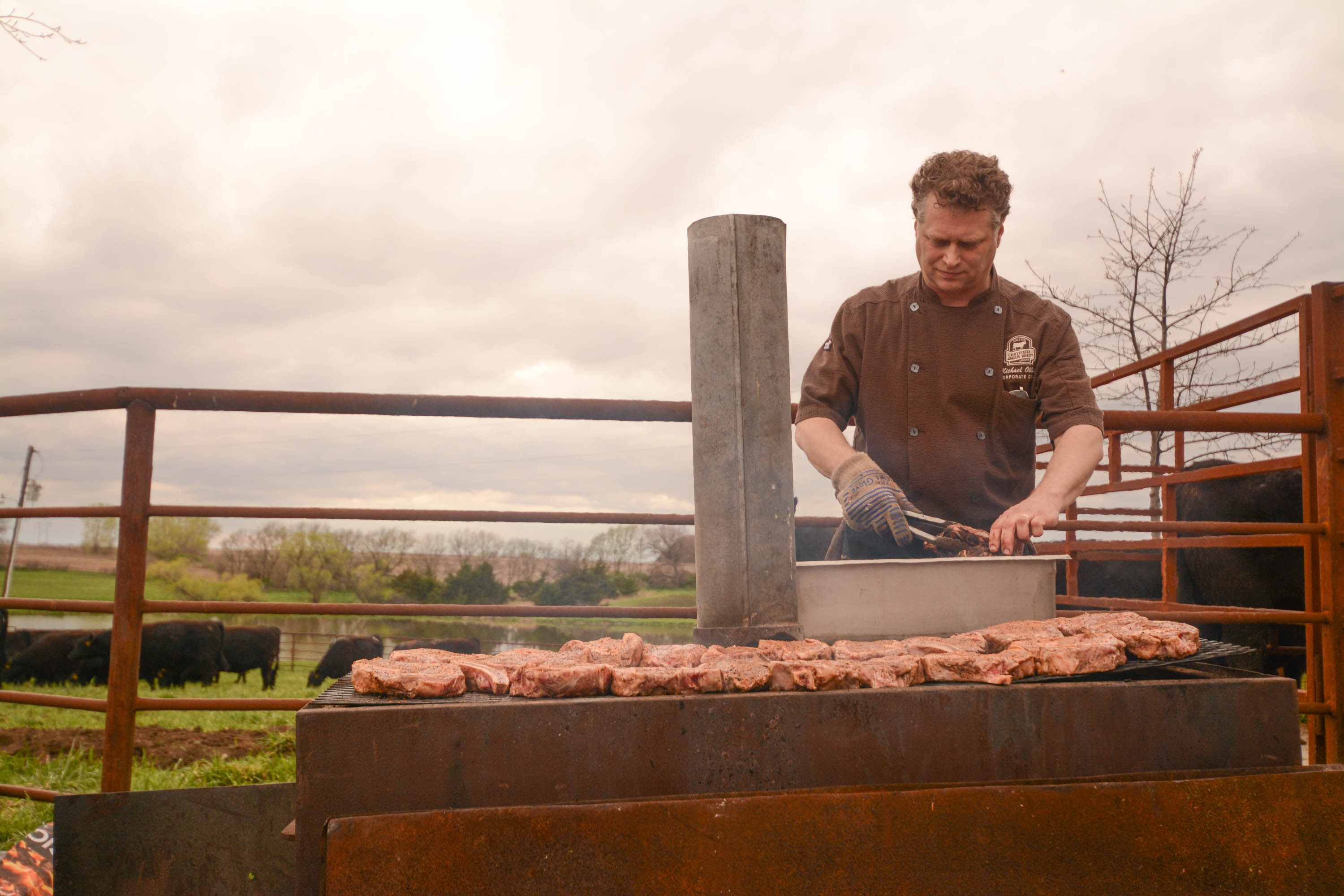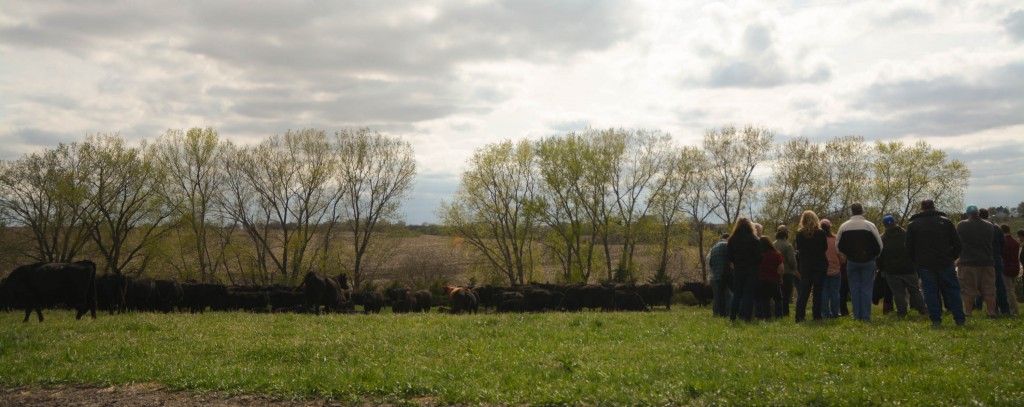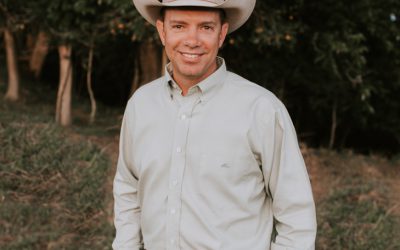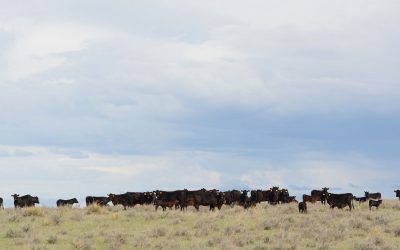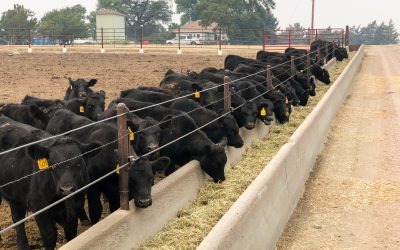
Meat is about trust, says author
by Katie Alexander
Imagine living when there was no supermarket or grocery store where you could buy food, having to grow just about everything your family needs. That could be any rural area in the country a couple hundred years ago.
Livestock were keys to that economy, says author Maureen Ogle, who spoke at the Certified Angus Beef ® (CAB®) brand’s annual conference in Tucson, Ariz., last month. Her book, “In Meat We Trust: An Unexpected History of Carnivore America,” derived from the realization that she ought to know more about this vital food chain.
“Here I am living in Ames, Iowa, which is basically ground zero for all things agriculture,” Ogle said. “My house is built on what used to be, 25 years ago, a cornfield – and I realized I didn’t know anything at all.”
Immersing herself in research for the book, she soon discovered “how wrong” the consensus was.
“My brain started paying attention to the so-called food debate,” Ogle said. “I think it’s more of a shouting match than a debate. As I got deeper into the research, I let my brain start paying more attention to what was going on in the real world rather than what happened 200 years ago.”
Seven years of immersion in the meat industry led her to ask, “If antibiotics are so controversial and confinement is so evil, why and how did it happen? Why do people do these things?” The first part of her book sought those answers.

When the first settlers came to America, cattle became a major form of currency; owning livestock determined your wealth status.
“To be in the new world,” Ogle said, “to be what eventually was called an American, was to be someone who could eat meat whenever they wanted.”
As the Civil War broke out, more people were moving into cities and less meat was being produced locally. That caused problems, but opportunities for people who could supply those protein needs.
People like Phil Armour, who founded Armour & Company in Chicago, and Gus Swift, who revolutionized the meatpacking industry by using refrigerated railroad cars, found solutions.
“As entrepreneurs, they figured out a way to unravel this logistical puzzle and build really efficient systems for getting livestock from the person who starts with the calf or the newborn pig, and moving that animal through a system where the animal gets fed to maturity, slaughtered and then ends up, eventually and usually at least a thousand miles away, on someone’s plate,” Ogle said.
To support urban growth, Armour and Swift built systems that continue to multiply around the world.

Today, the term “factory farming” is a very negative term, but Ogle said it was a statement of patriotism in the early 1900s.
“Farmers understood that if you’re going to feed this big population, you need to have some kind of business-like, efficient system,” she said. “Just in terms of supply and demand, farmers could not keep up with the demand in this country. They had to adapt new technologies and new ways of thinking about production to try to keep up with this extraordinary demand.”
The second half of the book picks up the story during World War II when a lot of things began to change and the structure of relatively modern livestock production and meat processing began to take shape.
“Farmers were soon trying to come up with more efficient ways to feed their livestock,” Ogle noted. “The common view now is that big corporations took over, but the story that I found is that thousands and thousands of farmers were developing jury-rigged equipment so that their cattle and hogs could feed themselves, so that the farmer could get on to doing other jobs.”
That ingenuity went unheralded, but she said producers may need to call upon their traditional ability to innovate to keep consumers happy today.
“Americans spend roughly 11% of our disposable income on food,” Ogle said, noting how relatively low that is in a global sense. “Yet agriculture has somehow lost the culture war. The media latched onto the [food writer Michael] Pollan version, and ran with it.”
Maybe it’s not too late to rebuild the image, though.
“Just keep doing your job as well as you can,” Ogle told Angus producers, “and try to tell your story, if you can, as honestly as you can.”
You may also like
Own what you do
His push to get better and desire to win are as much a part of how he was raised—and people who mentored him along the way—as they are a personal philosophy. Probably why he earned the CAB 2019 Progressive Partner Award.
Tame your selection criteria
Is docility economically important? We’d say so. Cattle graded Choice or higher was 63.5% for calm temperaments, compared to 55.5% for their excitable pen mates. The calm advantage was $56 per head.
Fetus to feedyard
This isn’t a research topic you’d find at the middle-school science fair. It’s so new, research is just beginning to explore this 16-letter term for immune cells sharing nutrients with major organs: immunometabolism. So far, there are still more questions than answers.

